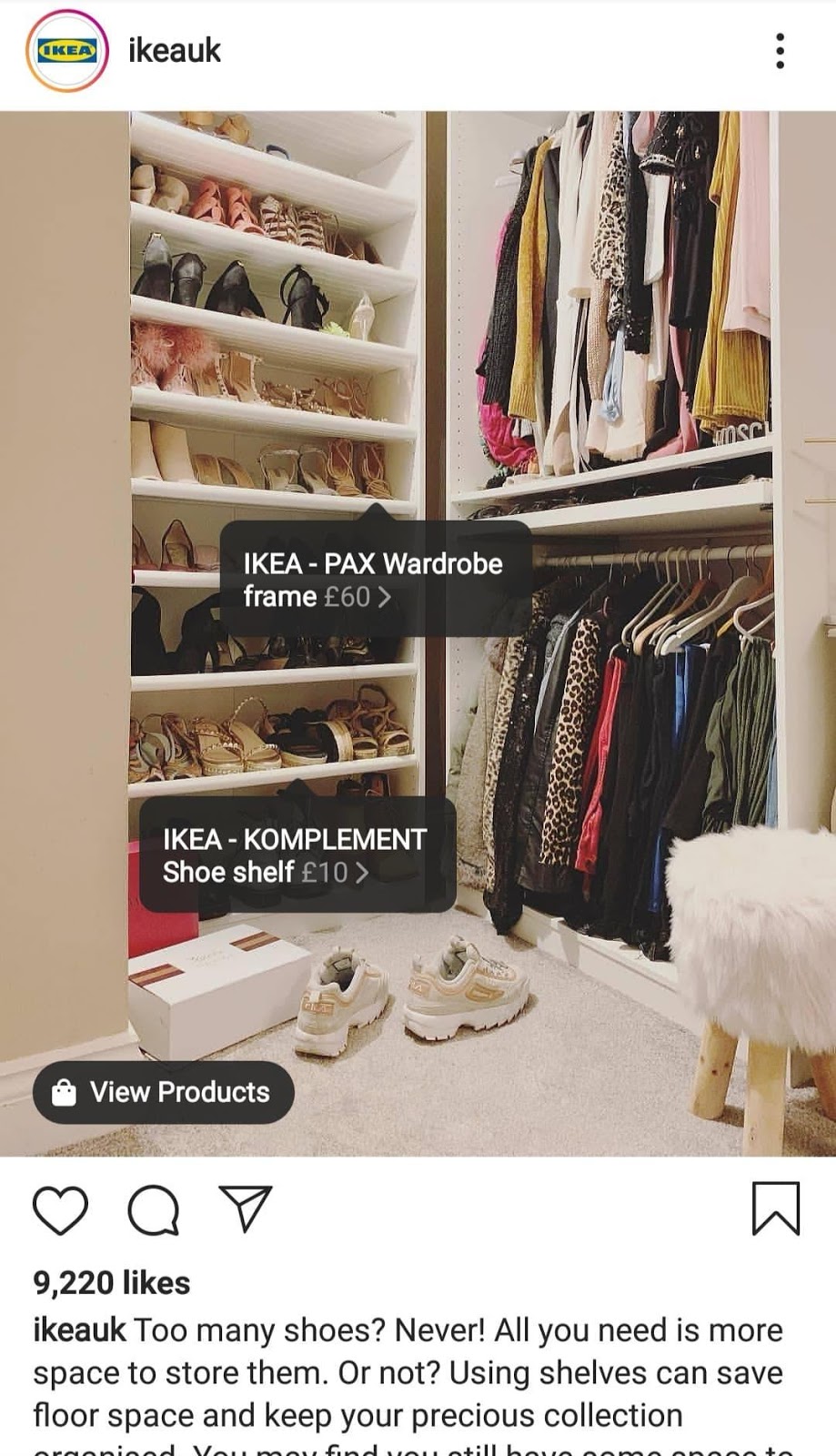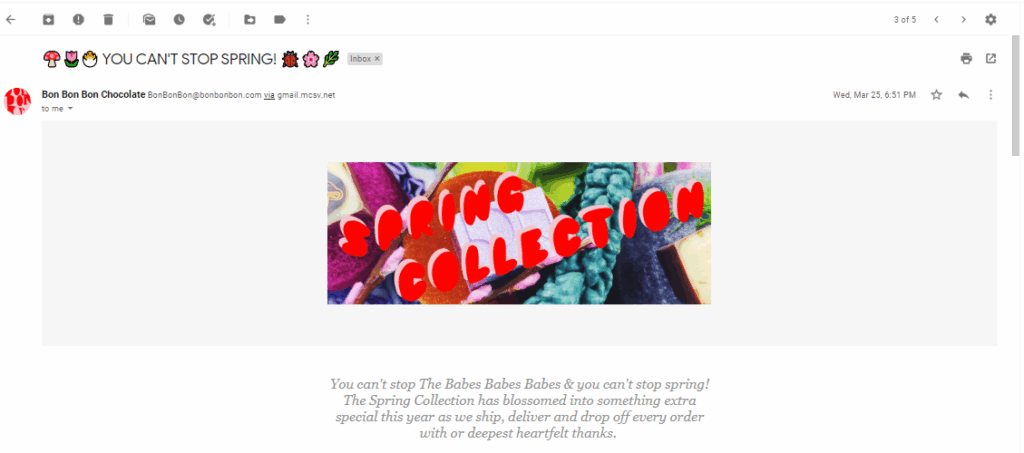Running an eCommerce website means you’re fighting for your piece of the market with some seriously strong competitors. Regardless of what you’re selling, you’re bound to face the competition and realize you need to up your game if you want to stand out. This is why you need to invest your efforts in developing a strong marketing plan.
Your marketing plan will help you achieve your goals. You’ll be able to raise brand awareness, increase sales, and earn your place on the market. If you’re not sure how to write a marketing plan for your eCommerce, just keep reading.
We’ll walk you through each step.
Source: Pexels
1. Analyze Your Competitors
The first thing you need to do before you start developing your marketing strategy is to detect your biggest competition.
You’re not doing this to copy what they’re doing. On the contrary. You’re doing this to be able to stand out from them.
So, make sure that you:
- analyze the market
- detect your direct competition
- analyze their marketing efforts, strategies, customer relationship, and tools they’re using
Once you do this, you’ll be able to see a pattern and think outside the box to avoid becoming just another eCommerce.
2. Use Content Marketing
Content Marketing is the building block of your marketing strategy. Content marketing is about creating useful, informative, or entertaining content to draw attention to your brand.
The key steps of content marketing are the following:
-
Keyword Research
Find specific keywords your target audience might be interested in. Choose those that are easy to rank and avoid general keywords.
-
Content Creation & Blogging
A blog is the center of your content marketing strategy. There, you’ll publish blog posts covering topics your target audience is interested in. Your blog posts need to; answer questions, solve problems, provide guidance, inform, teach, provide value, cover trending topics.
-
Promoting Your Content
Your blog is not the only place where you promote your content. Use social media such as Instagram and Facebook to further boost your content engagement.
Content marketing will help you raise brand awareness and reach those people who don’t even know your eCommerce exists.
3. Use Email Marketing
Email marketing is one of the oldest, yet most effective marketing strategies.
Email marketing gives you a chance to connect to your current and potential customers and make sure they become loyal to your brand.
Using email marketing, you can send emails such as:
- Welcome emails
- abandoned cart reminder
- special offer note
- coupons
- birthday cards and discounts
- sale notifications
- recommended products that just arrived
Email marketing is closely related to personalization since you’ll be using personalized data about each customer to create those special offers and specific emails.
Source: Gmail printscreen
4. Use Instagram Product Tagging

Did you know that Instagram has more than 1 billion active users globally? This social media platform is absolutely essential for your eCommerce marketing and here’s why.
Instagram offers you the option of using product tagging. It’s a quick and effective way to get your customers from your social media post to your website and a shopping bag.
Here’s how it works:
- you post an image of your products on Instagram
- you tag each product on the image
- the tag shows the name of the product as well as the price
- if the customer is interested in buying, all the have to do is click the tag
- the tag takes them directly to the product they choose, on your eCommerce website
They don’t have to search for it and waste time during which they might even give up on the sale.
Instagram product tagging is a brilliant strategy you need to use.
5. Use Videos
Videos are an extremely popular form of content. This is because more and more people are instantly bored when they see huge chunks of text and like to be provided with this form of instant information that videos offer.
You can create different types of videos, test them, and see what resonates best with your audience. We strongly recommend:
- product videos showing how a product is used
- how-to-videos giving advice on how to use the product properly
- interviews with influencers or experts in your niche
- “behind the scene” videos showing your offices, team members, or the process of creating a product
- educational videos providing information your target audience might be interested in
“Videos are great because they are visual, entertaining, and attention-grabbing. Every eCommerce should invest in creating videos as one of the primary forms of content they share,” says Daniel Faber, a digital marketing specialist and writer at Studicus.
Share your videos on your blog, IGTV, YouTube Channel and all the other platforms you’re using.
6. Show Product Reviews
It’s one thing when you promote your brand, but it’s a whole other thing when your customers do it for you.
People who are shopping online like to check how other customers felt about the product before they make the purchase. In fact, nearly 95%of shoppers read online reviews before making a purchase.
This is why you need to ensure you have other people:
- leaving reviews
- leaving comments
- leaving images of the product they’ve received
Source: Romwe
This way, you’ll encourage other customers to trust your eCommerce and go on with their initial shopping intentions.
Final Thoughts
Building an eCommerce marketing plan requires doing proper market analysis, and using several different strategies and tools. With some effort and dedication, you’ll be able to create a unique and effective marketing plan for your eCommerce.
Use the advice provided above and start working on your new marketing plan.



